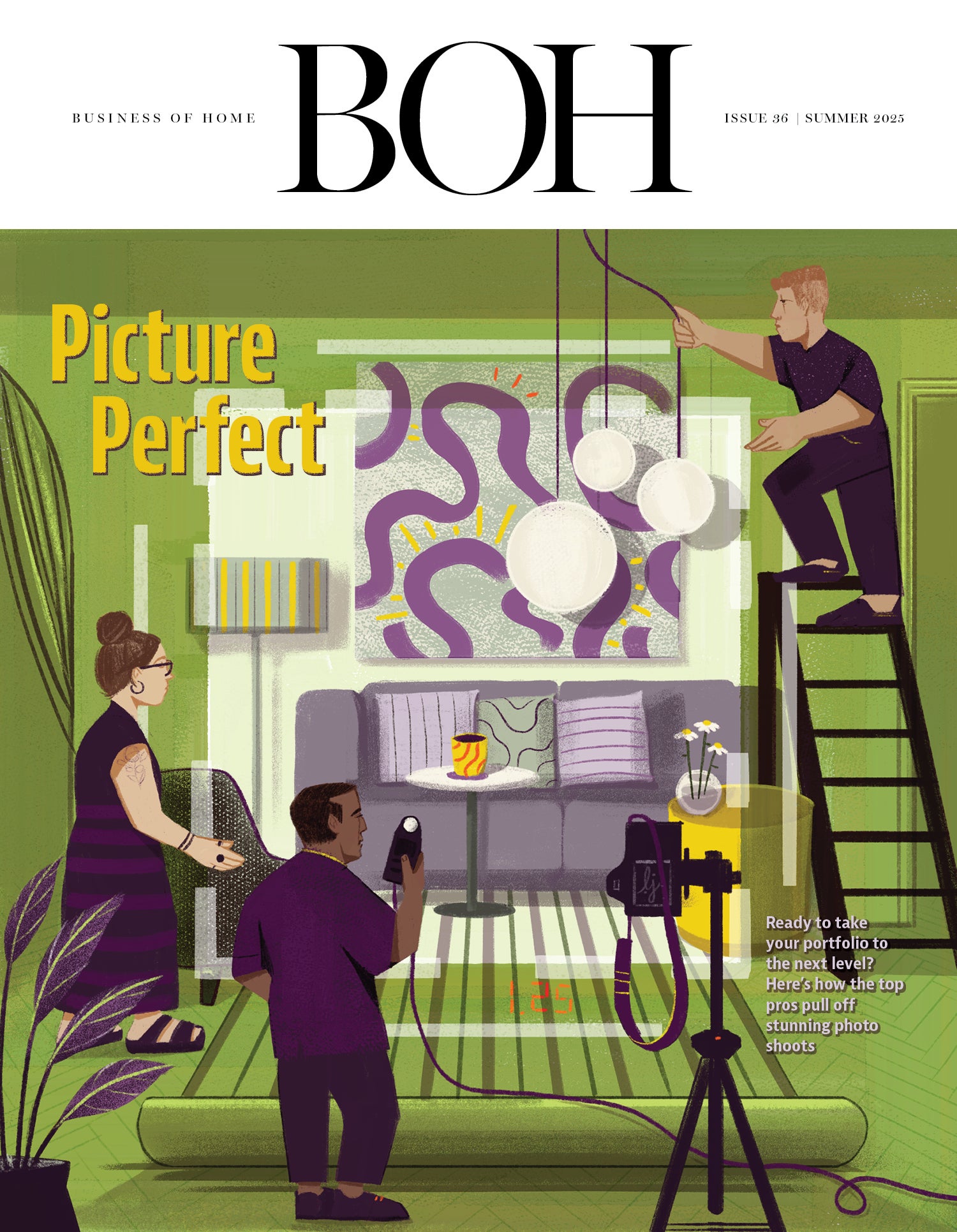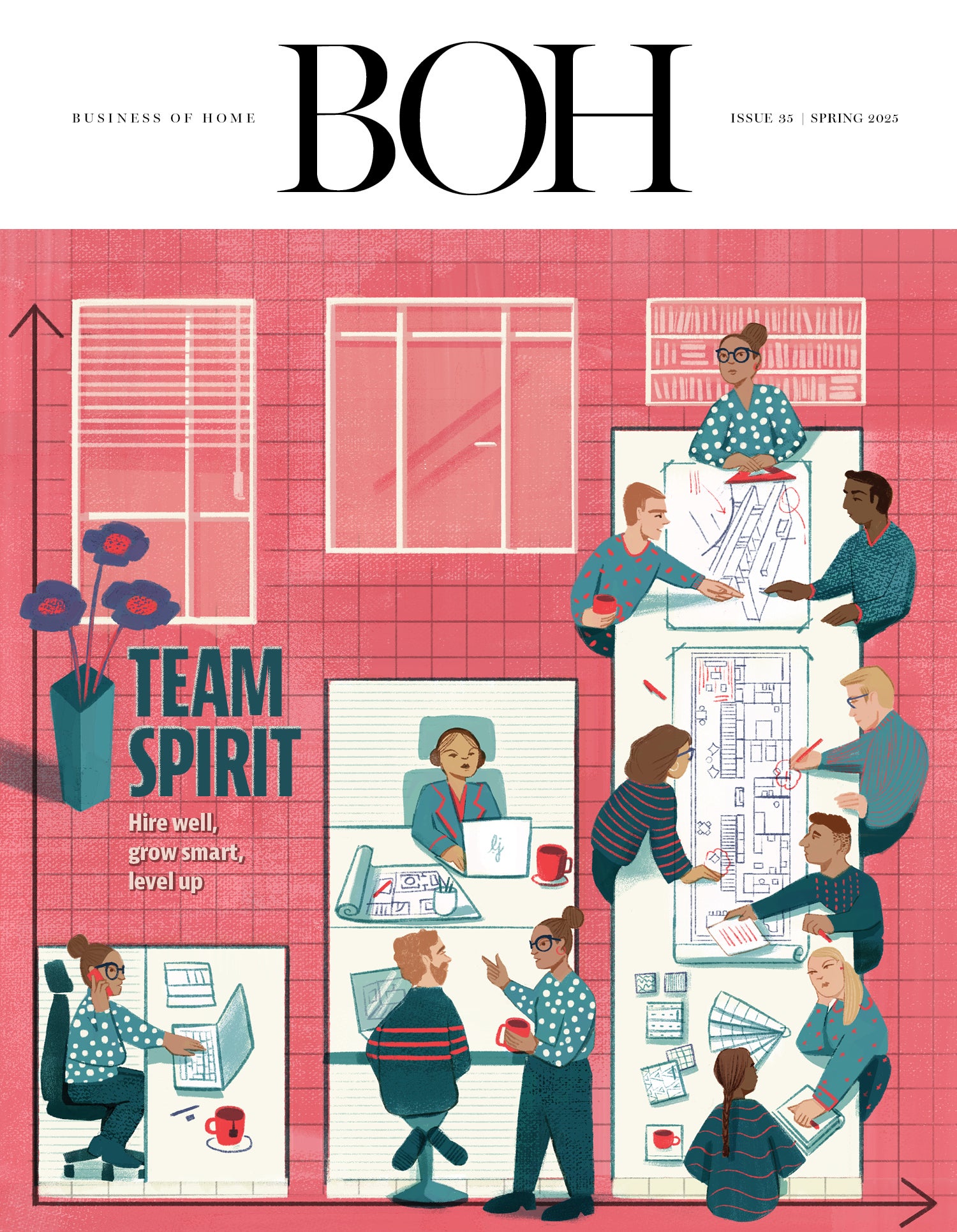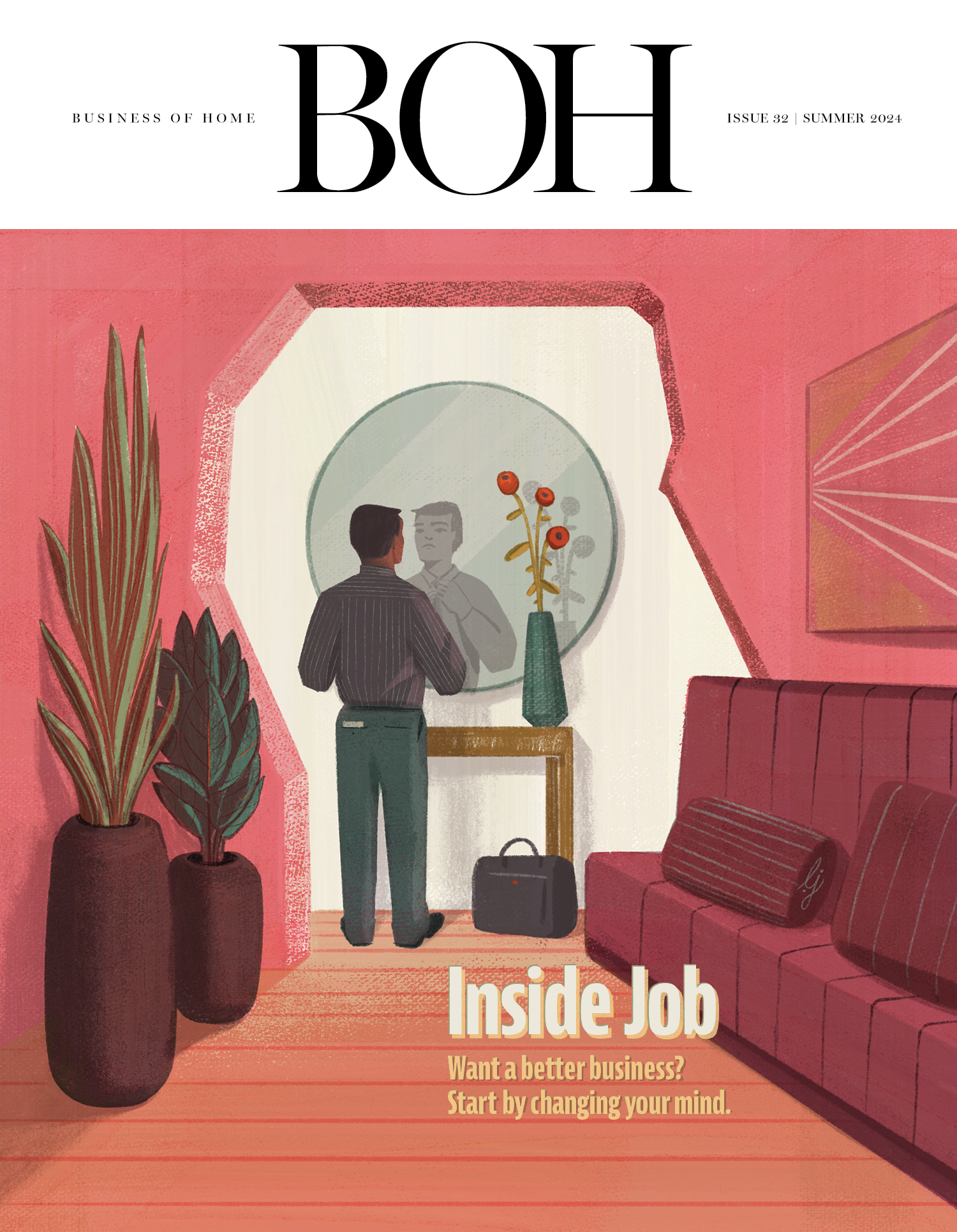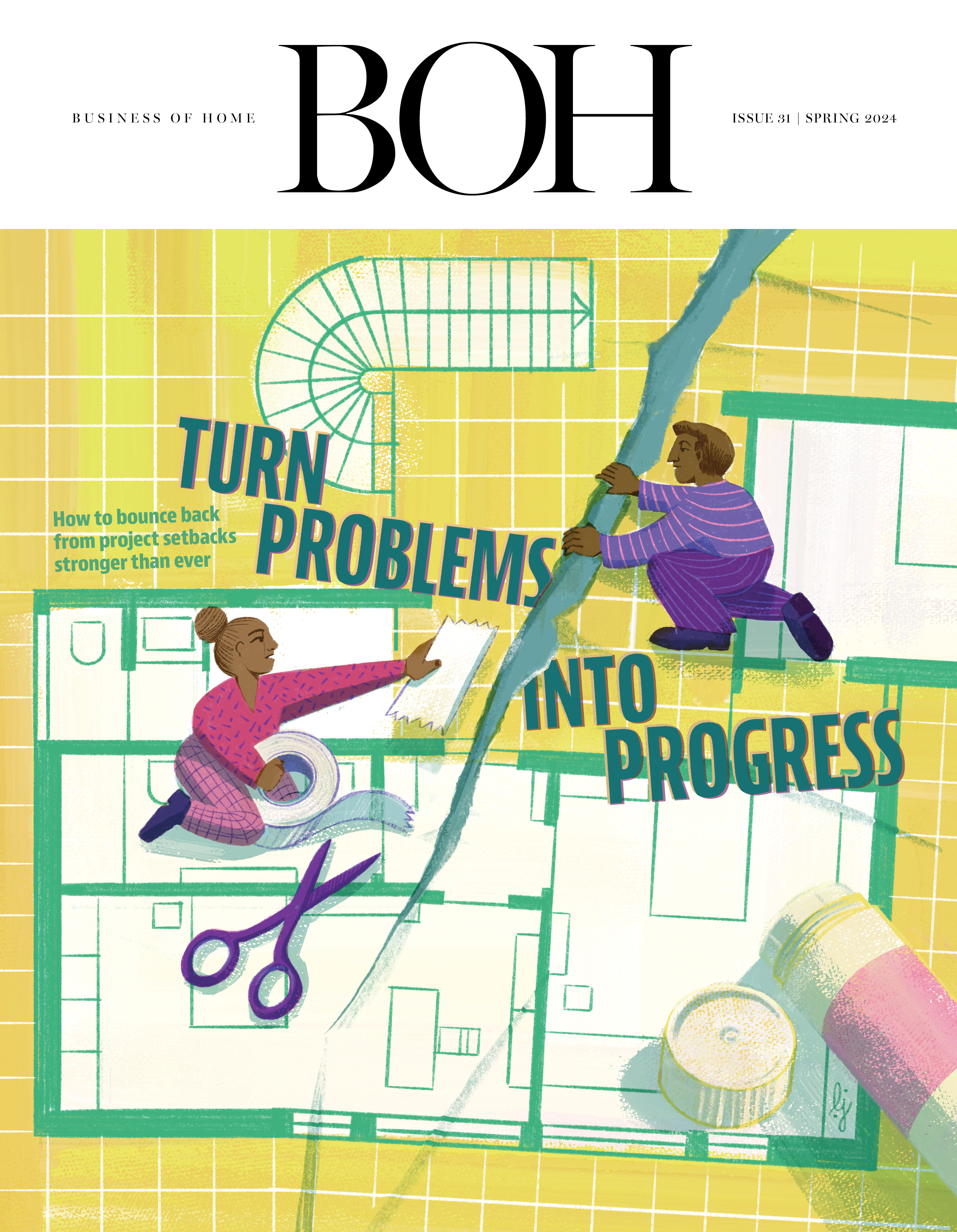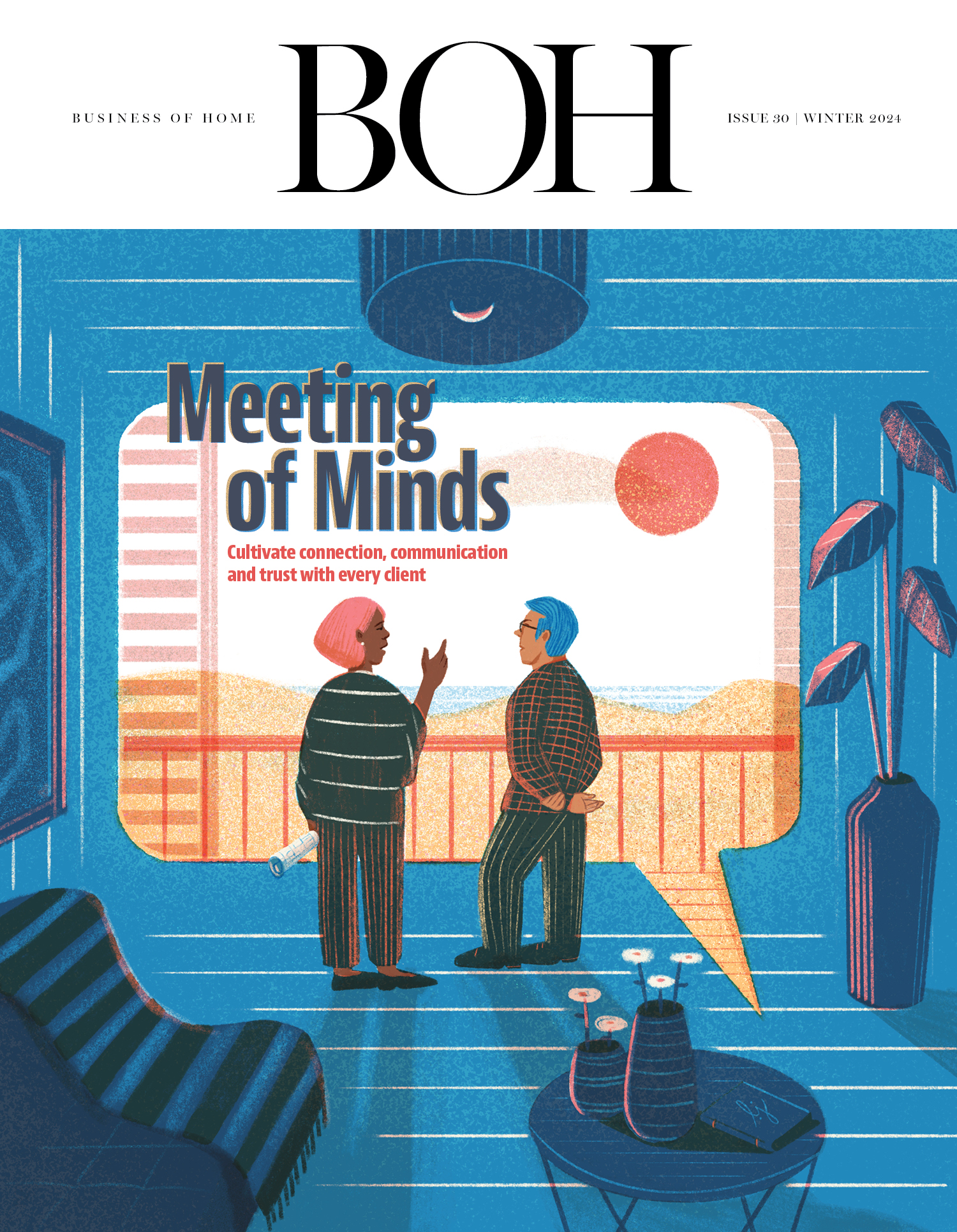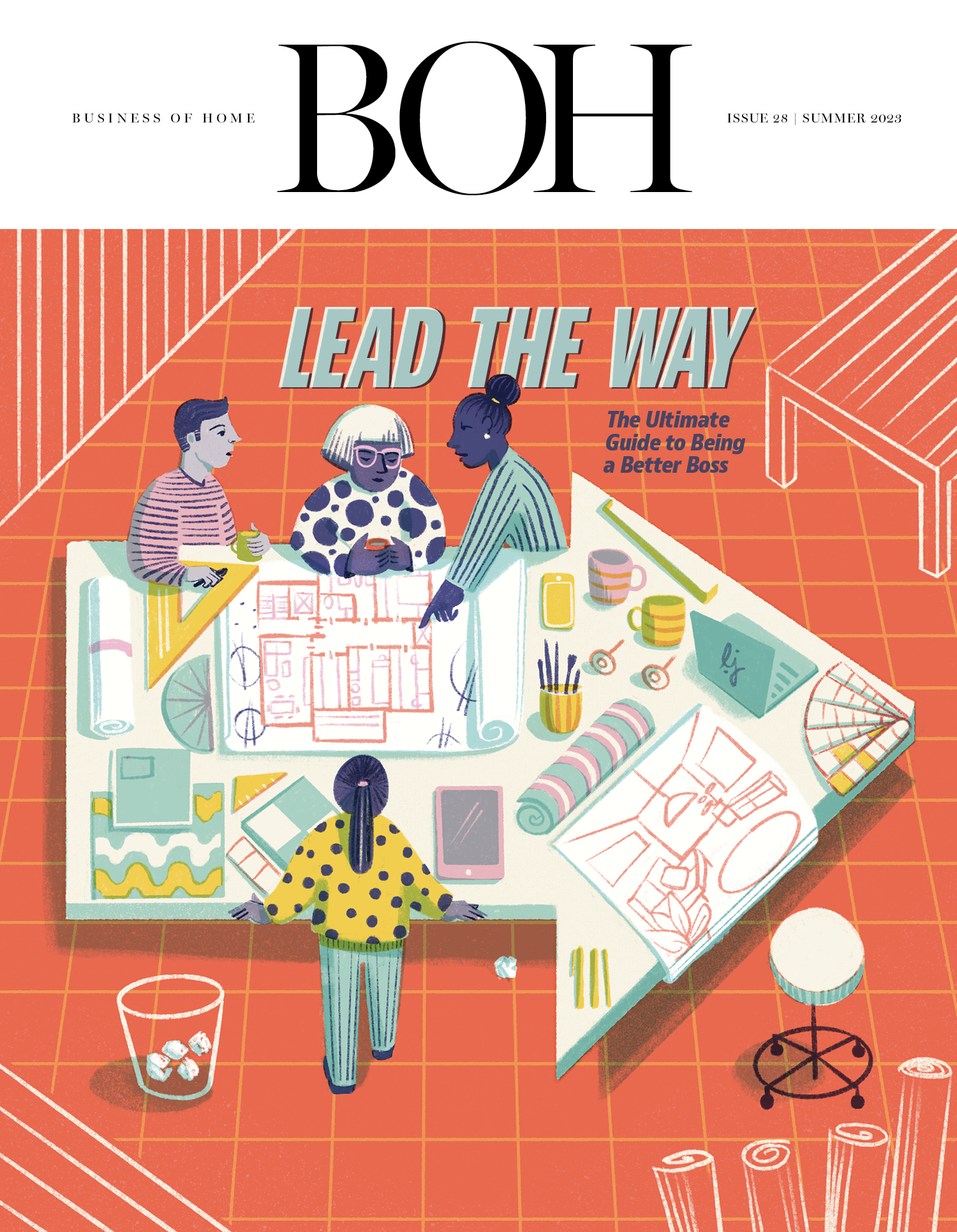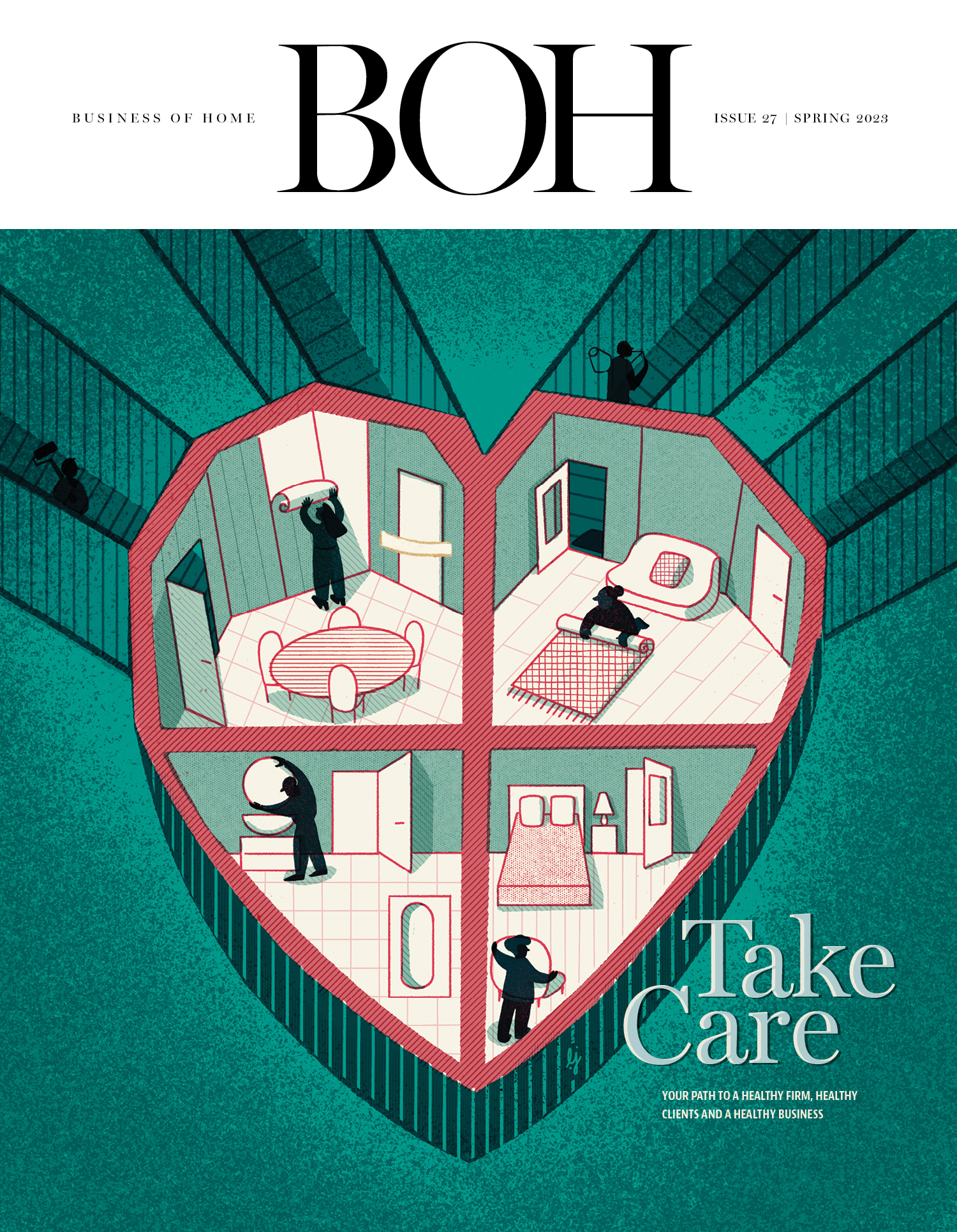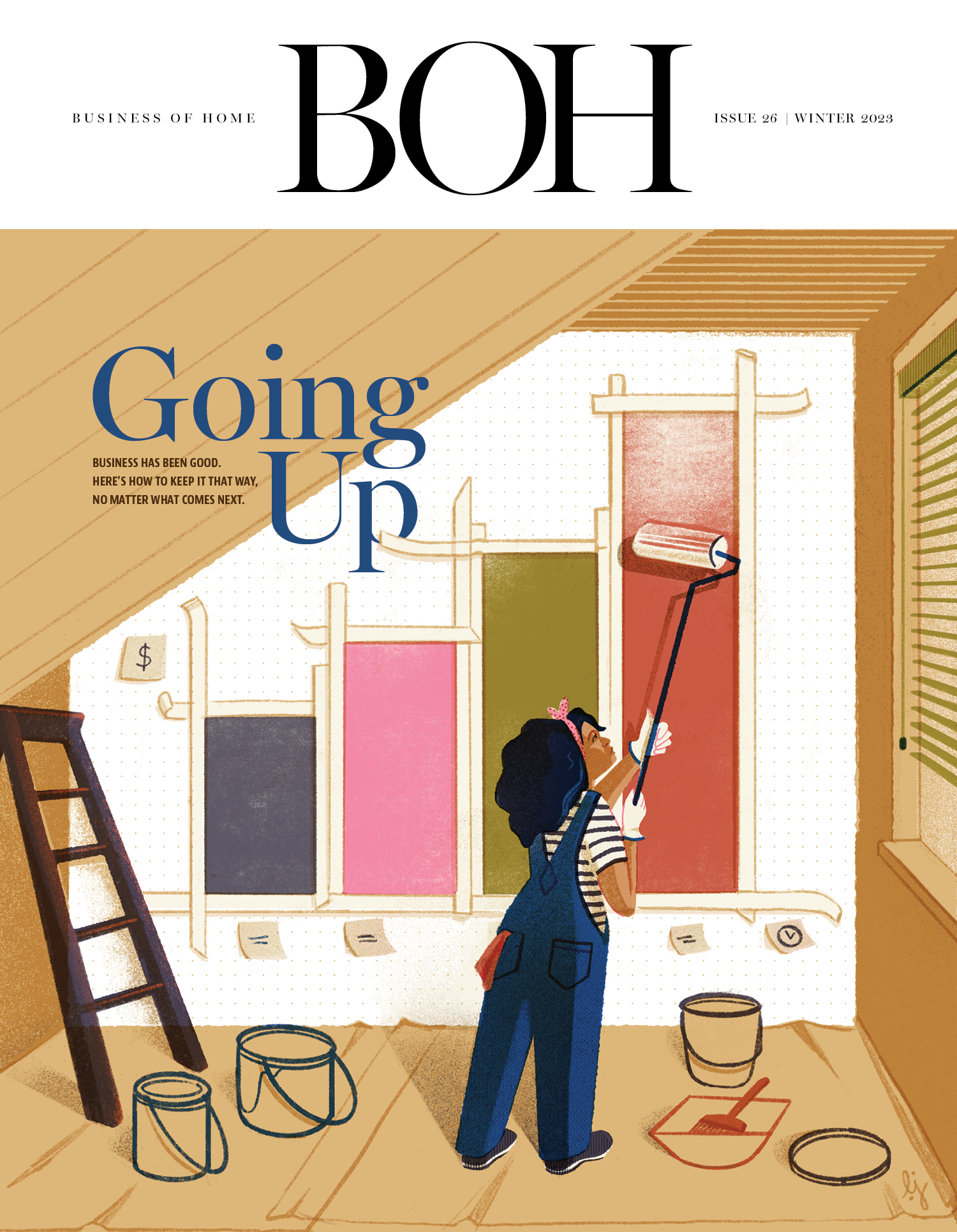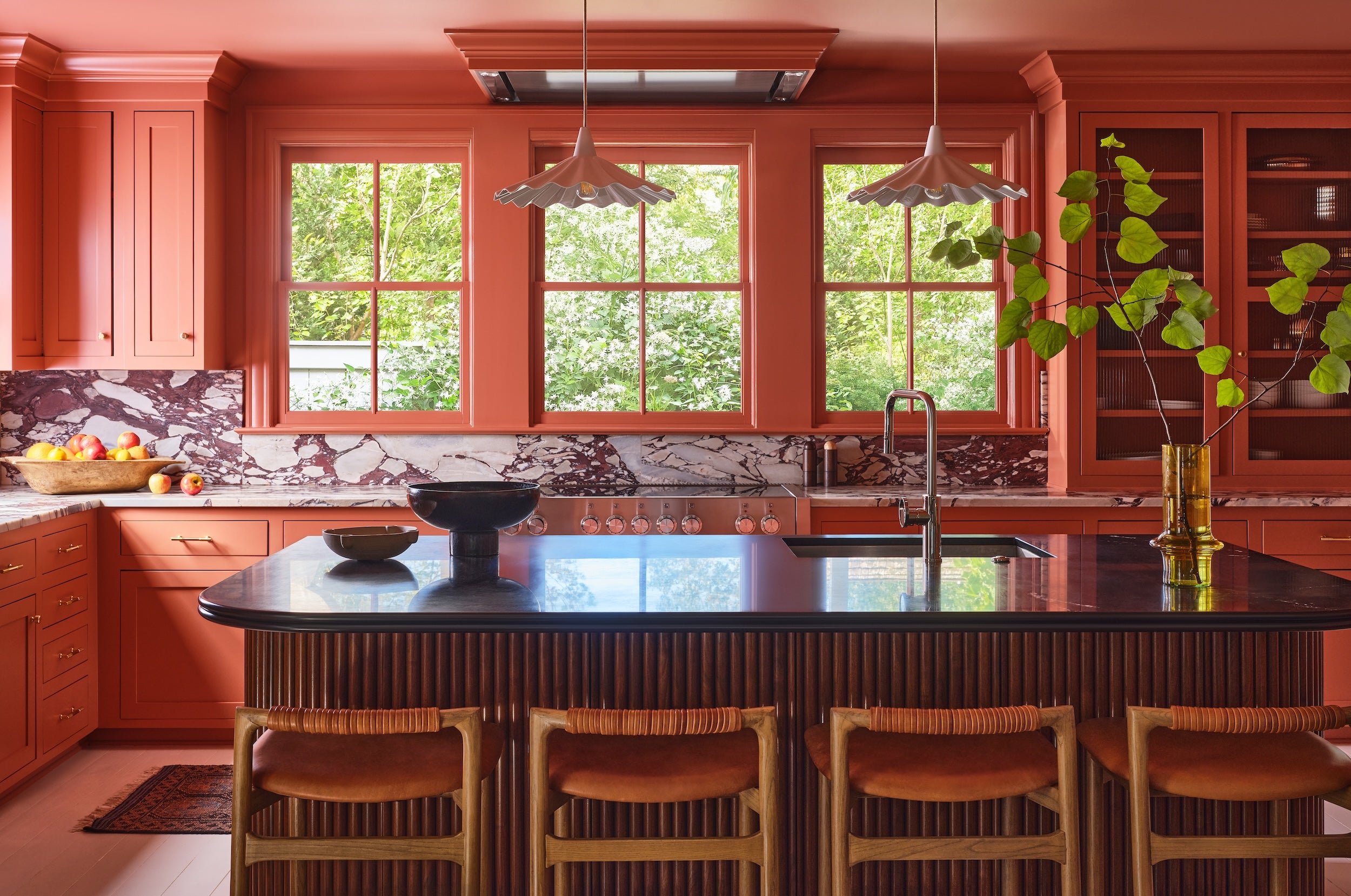In the process of building a design firm, there often comes a point when taking on a project of only a few rooms just doesn’t make sense financially—particularly if you’re regularly getting inquiries for whole-home work. Zoë Feldman, a designer based in Washington, D.C., had already moved past that growing pain, having narrowed her firm’s scope to larger projects years earlier. Still, the inquiries to refresh a room or two kept coming—and as she looked at the work she was turning away, Feldman worried that the firm was letting good clients slip through their fingers. “It felt like an untapped market,” she says. “We’d see people with great taste and budgets that were totally in line with the scope of work they were looking for, and we were passing on the job. About three years ago, I started to think, ‘How can we rethink this business model and service more people?’”
The result of that thought experiment is Demi, a new offering that Feldman formally launched earlier this month. The service offers help with design and product selection while omitting the project management that comes with a full-scale job. “This is for someone who has, say, $75,000 to spend on their home and doesn’t mind being the one to meet the wallpaper installer,” she says. “There are a lot of clients who fall into this category. They have a good budget, and they want great design. Personally, I would fall into this as well—I couldn’t afford me at full service. So I was thinking, ‘What would I be OK with if it were me?’ I would be fine letting the painter in, but I would need support with the design and procurement, which is what Demi offers.”
Feldman beta-tested the concept with clients she’d previously worked with on a hospitality project and who had become good friends. The couple was looking to refresh their kitchen, primary bedroom and a few common spaces without delving into a full-scale renovation. “They were the perfect people to try it on because they were comfortable giving my team feedback throughout the process,” she says.
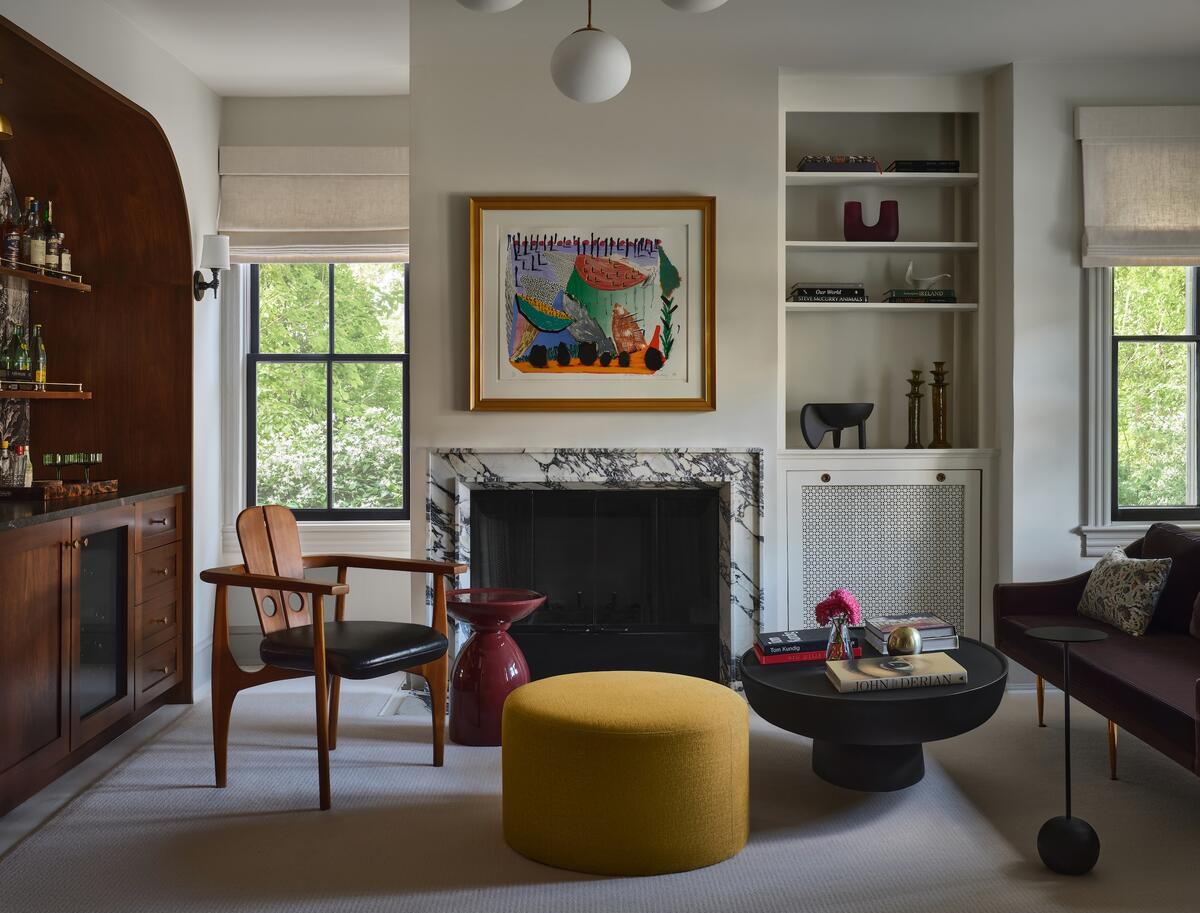
To make Demi a reality, Feldman hired a dedicated staff of eight designers (some of whom moved over from her existing team) to handle projects. The designer herself is involved in Demi projects on a high level, considering herself the program’s chief creative officer rather than taking a hands-on approach. “I meet with the senior designers running Demi and brainstorm design directions, but I have a very light touch on these projects,” she says. The service hews closer to the traditional experience of engaging a design firm than to e-design: The team provides clients with checklists as well as guides for certain situations, like what you should ask when meeting with an architect, for example, and then schedules a quick call to go over that information with the client. “It’s not like, ‘Here are some documents—good luck!’” she adds. “We’re still there to provide context and clarity.”
That said, Feldman has put some guardrails in place to prevent scope creep. For example, the Demi team won’t take on stand-alone kitchen or bath projects (because of how involved they are); clients are expected to oversee work by secondary vendors, like contractors or tradespeople, themselves; and only three site visits are guaranteed—though if there’s a sticking point with a tradesperson or something tricky that needs to be handled in person, the team is still able to jump in.
“We’re staying very nimble with this. We provide regular check-ins and want these clients to feel supported,” says Feldman. “We’re not dropping all the furnishings on the curb and saying, ‘Here you go.’ They have a designer. It’s very customer-service-oriented. All the core principles of our full-service offering remain—we’re just cutting out some sections so that the client can focus that budget on furnishings.” To that end, the team has created a pricing guide: A Demi project has a spending minimum of $50,000, and there are room-specific minimums like $10,000 for an entryway or $45,000 for a dining room. The Demi team charges a flat design fee and product markup.
Feldman feels that Demi rounds out her firm’s offerings, giving clients at all phases and various budgets a chance to access her services. In addition to Demi and her full-scope projects, the designer is listed on The Expert, where clients can book one-on-one consultations with her. “The Expert is essentially our first-rung offering,” she says. “Either you don’t have $100,000 to spend with a designer, or you’re choosing not to spend your money that way—but you have a few specific questions, and you want concentrated guidance on a design decision. So, having all three of these levels, we’re able to really reach anyone who wants to work with us. There are people who fall into all of these buckets, and now we can meet them all where they’re at.”




